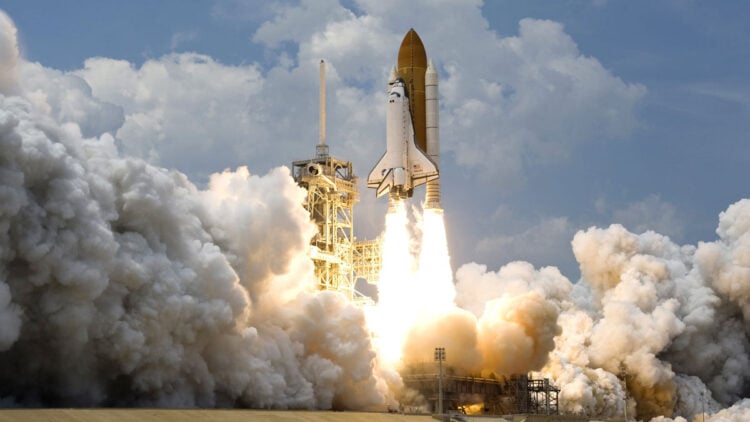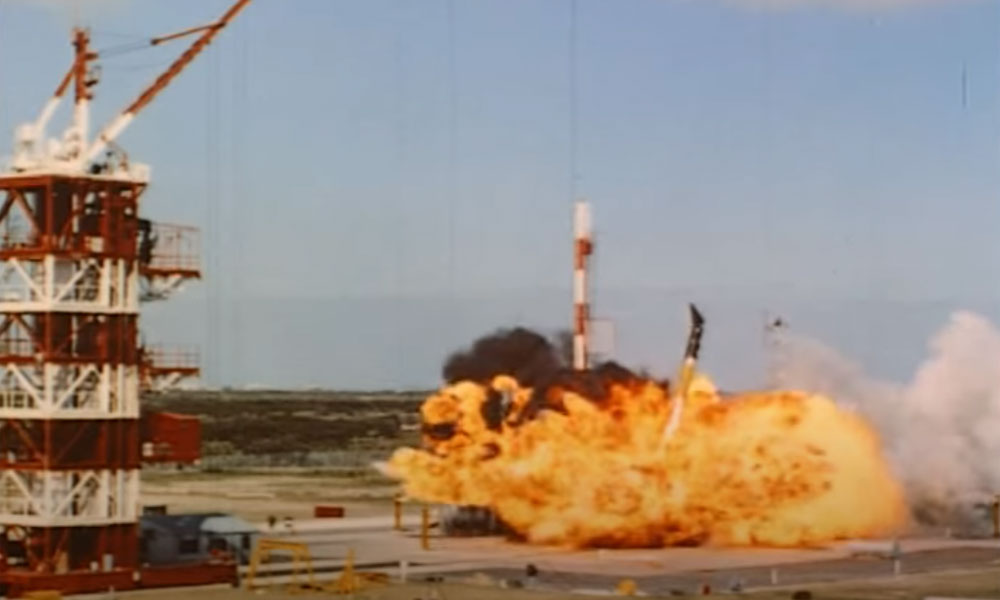5 Space Missions That Ended In Disaster: From Challenger To Apollo

Once upon a time, being an astronaut was every child’s dream. However, over the years, space shuttle disasters and failed space missions have turned dreams into nightmares.
The most nerve-wracking part of a space mission is its launch. And in the 52-year history of space exploration, there have been countless launch failures:
Warning: The first video shows the Challenger disaster.
The Challenger Disaster, 1986
The Challenger disaster was the most devastating in the history of space exploration, as it not only destroyed the rocket, it also killed all seven crew members.
Challenger exploded after just 73 seconds of flight.
The problem originated in the O-ring seal on the right solid rocket booster. The rocket booster ruptured upon the lift, which eventually let the jet pressurized gas rush through the motor.
The liquid hydrogen fuel exploded and aerodynamic forces tore apart the whole shuttle. The horrifying incident took place on January 28, 1986.
The First U.S. Satellite Failed, 1957
The Vanguard TV3 was the first-ever attempt by the United States to launch a satellite into outer space:
This first attempt was also the first failure of the United States.
On December 6th, 1957 only two seconds after leaving the launch pad the rocket lost thrust and sank back down at Cape Canaveral. The fuel tanks exploded which destroyed the whole rocket.
The satellite survived the explosion, as transmitters were still carrying signals. The satellite can now be found in the Smithsonian Air Museum, Washington D.C.
CHECK OUT: 5 Space Conspiracy Theories – From Planet Nine To Mars Moving Closer.
The Unmanned Apollo 6, 1968
Apollo 6 was the final test of an unmanned space rocket, before attempting to send a three-person crew to the moon.
The test, however, didn’t go as planned. The rocket was severely shaken by the variation in thrust only two minutes after its launch. The variation in thrust was caused by changes in the fuel rate.
Ultimately, two of the five engines of the rocket prematurely went off during the second stage burn. It splashed down in the Pacific Ocean after nearly 10 hours of flight.
This incident took place on April 4, 1968.
CHECK OUT: 5 Area 51 Facts That Began As Conspiracy Theories.
The NOAA Weather Satellite Incident, 1986
After the Challenger incident, NASA decided to send an NOAA weather satellite called GOES-G into orbit:
Just 1 minute and 11 seconds after launch an electrical fault caused the first stage engine to shut down prematurely. This meant the rocket was no longer able to thrust away from Earth’s gravity.
NASA had to destroy the rocket 20 seconds after the engine failure to save it from falling dangerously back to the Earth.
The incident took place on May 3, 1986.
The Cosmos 1 Solar Sail, 2005
Cosmos 1 was the first attempt by a space advocacy group to launch its rocket in space – long before SpaceX.
Cosmos 1 was the project of the Planetary Society and Cosmos Studios to send the first solar sail spacecraft into space.
The Volna rocket used in the launch was taken from a Russian submarine but it never completed the task it was meant for.
The spacecraft crashed in the Barents Sea a few minutes after its launch. It took place on June 21, 2005.
CHECK OUT: 5 UFO News Stories That Came From Experts And Official Sources.

